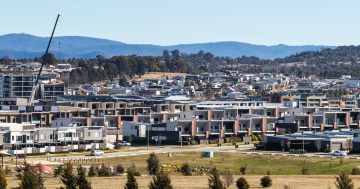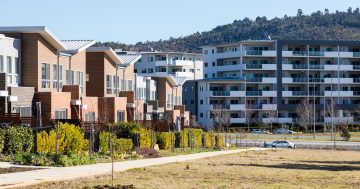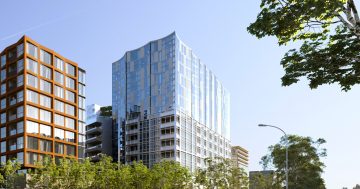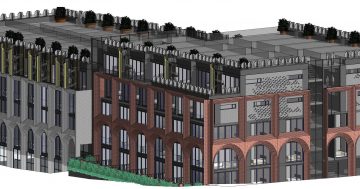Zed Seselja is hoping the public can give him some good ideas for urban planning.
This has been prompted by the Institute of Architects calling for an end to greenfields development in the ACT in favour of more high rise work (which incidentally means more work for architects).
Zed knows that family values votes flourish in suburban backyards so is in favour of building more of those as well as more infill.
- “I disagree with the calls to stop greenfield development. This development is an extremely important aspect of residential growth in the territory and the Canberra Liberals would like to see a structured roll out of greenfield land continue.
“We want to encourage Canberra families to take up the opportunity to purchase their own home. In conjunction with this, there is also the need to have a cohesive intergraded planning structure that also encourages higher density living in and around major centres and transport corridors.
The Canberra Times this day informs us that rents in Canberra are rising again (although apparently still down on last year). The median weekly rent for a unit is $395, or around $21k per year. Effectively meaning that a pre-tax income of around $80, would be needed to call it affordable.
Personally I think infill has been a great success so far, bringing a greater vibrancy to the areas that have been lucky enough to enjoy it.
Putting more people near the fun bits of town? Who’d have thought that would be a winner?




















